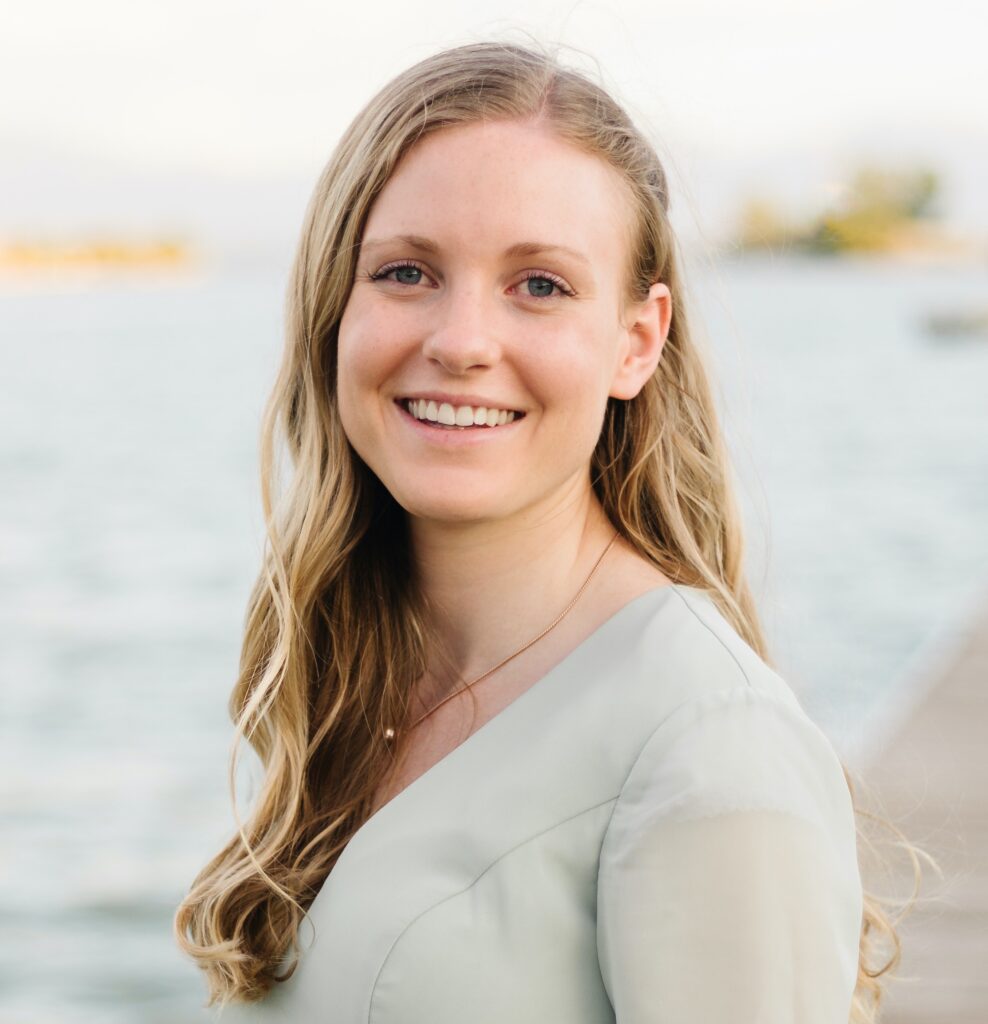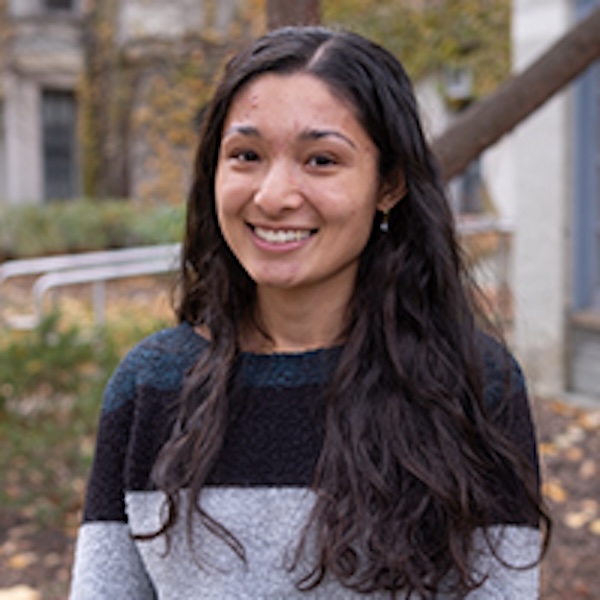The NASA Hubble Fellowship Program (NHFP) continues to support top early-career astrophysicists, awarding 24 new fellowships in its competitive 2025 class. This program allows scientists to conduct independent research in NASA Astrophysics across three categories: Einstein Fellows (fundamental physics), Hubble Fellows (universe’s evolution), and Sagan Fellows (life beyond Earth). Each fellowship provides up to three years of support at a U.S. institution of the recipient’s choice. Several CIERA-affiliated researchers have been honored as part of the 2025 NHFP class. Winners of 2025 NHFP Fellowships were selected from over 650 applications.
 Dr. Lindsey Kwok, a CIERA Postdoctoral Fellow, has been named a Hubble Fellow for her research on “Determining the Astrophysical Origins of White-Dwarf Supernovae with JWST Infrared Spectroscopy.” Lindsey studies Type Ia supernovae (exploding white dwarfs) using spectroscopy from ground- and space-based telescopes, focusing on the James Webb Space Telescope (JWST) to explore their infrared properties. She leads JWST programs to connect infrared signatures to progenitor systems and explosion mechanisms, providing insights into their origins.
Dr. Lindsey Kwok, a CIERA Postdoctoral Fellow, has been named a Hubble Fellow for her research on “Determining the Astrophysical Origins of White-Dwarf Supernovae with JWST Infrared Spectroscopy.” Lindsey studies Type Ia supernovae (exploding white dwarfs) using spectroscopy from ground- and space-based telescopes, focusing on the James Webb Space Telescope (JWST) to explore their infrared properties. She leads JWST programs to connect infrared signatures to progenitor systems and explosion mechanisms, providing insights into their origins.
“Receiving this fellowship is an amazing honor that I attribute to the great science we’ve been able to do with new data from JWST. I feel extremely fortunate that my time in graduate school aligned so well with the launch and start of JWST observations – this observatory was in the making for 20 years, and I am reaping the long-anticipated benefits of the hard work of many incredible scientists” said Kwok. “I am also deeply grateful to my Ph.D. advisor, Prof. Saurabh W. Jha, who involved me in JWST proposal writing and planning from the very start, gave me responsibilities and leadership roles in execution and analysis of our observations, and equipped me with the skills and confidence to pursue my own ideas and directions.
I was actually not planning to apply for the NHFP this year because I had applied unsuccessfully the previous year, and I wanted to get a few more projects wrapped up before I applied again, but Prof. Adam Miller encouraged me to apply again, reminding me that papers are not the only metric of promising science and I had received additional JWST time as PI. The guidance and support of wonderful mentors has been a large factor in my achievements.”
With her NASA Hubble Fellowship, she plans to utilize panchromatic spectra (optical, near-infrared, and mid-infrared) of white-dwarf supernovae to gain a deeper understanding of the progenitor star systems and the explosion physics responsible for the observed diversity of these events. Given the limited number of mid-infrared spectra available, each new spectrum from the James Webb Space Telescope (JWST) provides fresh insights into their physics. By analyzing mid-infrared spectra at early stages when the supernova is rapidly evolving, and combining this data with optical and near-infrared spectra from ground-based telescopes, she aims to distinguish between different explosion models.
“I am incredibly grateful for my family, especially my husband, who encourage and enable me to study the stars.”
 Jillian Rastinejad, a graduate student at CIERA, has been named an Einstein Fellow for her proposed research topic “Illuminating the Explosive Origins of the Heavy Elements.” Jillian specializes in astronomical transients, focusing on kilonovae from neutron star mergers, which are vital for multimessenger astronomy. She uses optical and near-infrared observations to detect and analyze kilonovae, contributing to projects like the short gamma-ray burst follow-up program and the SAGUARO gravitational-wave collaboration. Beyond her research, Jillian is dedicated to scientific outreach, mentoring high school students through CIERA’s program.
Jillian Rastinejad, a graduate student at CIERA, has been named an Einstein Fellow for her proposed research topic “Illuminating the Explosive Origins of the Heavy Elements.” Jillian specializes in astronomical transients, focusing on kilonovae from neutron star mergers, which are vital for multimessenger astronomy. She uses optical and near-infrared observations to detect and analyze kilonovae, contributing to projects like the short gamma-ray burst follow-up program and the SAGUARO gravitational-wave collaboration. Beyond her research, Jillian is dedicated to scientific outreach, mentoring high school students through CIERA’s program.
“Receiving this fellowship is a dream come true. Prior to joining CIERA and the Fong research group, I had a lot of doubt about my ability to be successful in astronomy, and truly could not have imagined this outcome” said Rastinejad. “My growth as an observer and researcher would not have been possible without numerous mentors, most especially my advisor, Wen-fai Fong, as well as Andrew Levan, David Sand and Charlie Kilpatrick.”
This award will provide her with the opportunity to collaborate with leading experts in compact objects and high-energy astrophysics at the University of Maryland and NASA Goddard Space Flight Center. During her doctoral studies, she has recognized the pivotal role that new observatories and multi-wavelength research play in advancing the field. At these institutions, she will continue her research on binary neutron star mergers and the origins of heavy elements, exploring these phenomena from fresh perspectives and working directly with those building the next generation of NASA facilities.
In addition to Lindsey and Jillian, several of CIERA’s Fall 2025 incoming postdoctoral scholars have also received NHFP Fellowships:
Dr. Kenzie Nimmo, has been named an Einstein Fellow. Kenzie’s research focuses on high-energy astrophysical phenomena, exploring the most energetic events in the universe to understand their underlying mechanisms and impacts.
Jason Hinkle, a new Einstein Fellow, will investigate “Nuclear Transients in the Golden Era of Time-Domain Astronomy,”
Nicholas Rui, a Hubble Fellow, will research “A Seismic Atlas of the Stellar Merger Sky,” aiming to create a comprehensive seismic map of stellar mergers.

Congratulations Lindsey, Jillian, and all the new NHFP Fellows!
- Read more about the NASA Hubble Fellowship Program
- View the full list of 2025 NASA Hubble Fellowship Program awardees

